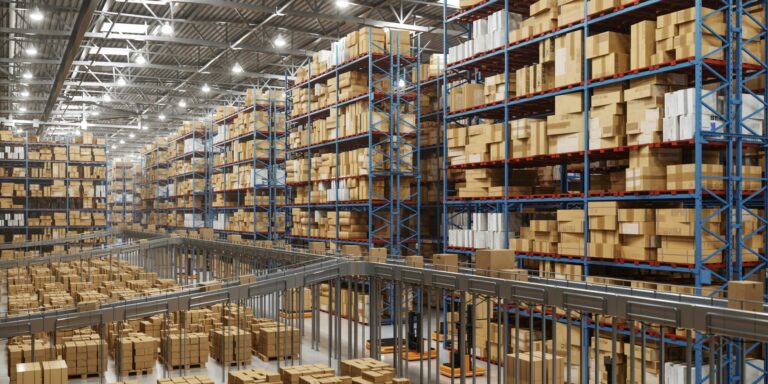The U.S. commercial real estate market is experiencing a notable uptick in warehouse leasing activity as of May 2025, driven by the rapid expansion of e-commerce and ongoing supply chain adjustments. Key logistics hubs such as Chicago, Dallas, and Atlanta have become focal points for demand as retailers and third-party logistics providers look to expand their operations to meet growing consumer expectations for faster delivery times.
According to the latest report from CBRE, warehouse vacancy rates have fallen to an average of 4.2%, the lowest they have been in more than two years. This decline reflects the growing need for modern distribution centers and fulfillment warehouses capable of supporting the surge in online shopping, which continues to reshape the retail landscape. As e-commerce sales climb, companies are increasingly investing in warehouse space to improve their order fulfillment processes, optimize last-mile delivery, and address challenges in their supply chains.
The increasing demand for warehouse space is not just about expanding square footage but also about upgrading operational capabilities. New developments are incorporating advanced automation technologies, such as robotic systems for sorting and packaging, to improve efficiency and reduce labor costs. In addition to automation, sustainable design features are being integrated into many new warehouse projects. Green building standards, energy-efficient systems, and solar panel installations are becoming common as companies seek to reduce their carbon footprint and adhere to environmental goals.
“The rise in e-commerce has fundamentally shifted the demand for industrial space,” said Richard Allen, a senior analyst at CBRE. “Companies are not only looking for more space, but they also want facilities that can support the latest technologies and meet sustainability standards. These modern warehouses are becoming essential to staying competitive in the fast-paced world of online retail.”
This surge in warehouse leasing is particularly significant in the context of broader commercial real estate trends. While the office and retail sectors have faced challenges, with fluctuating demand and shifting work patterns due to the continued impact of remote work, the industrial sector—especially warehouses and logistics centers—has emerged as a bright spot. Warehouses offer stability in an otherwise volatile market, making them an attractive investment opportunity for developers and investors looking to capitalize on a growing segment of the economy.
The e-commerce boom, combined with evolving consumer behavior, is driving the need for more distribution centers close to population centers to support quick delivery times. The “last-mile” delivery model, which focuses on getting products from local hubs to consumers as efficiently as possible, has become a key part of the logistics strategy for many retailers. As a result, demand for warehouse space near major urban areas has surged.
Additionally, the ongoing reshaping of supply chains, accelerated by disruptions during the COVID-19 pandemic, has created more opportunities for companies to rethink their logistics networks. Businesses are diversifying their supply chains and shifting away from reliance on a small number of large distribution centers, opting instead for smaller, strategically located facilities that allow for quicker deliveries to customers across regions.
The emphasis on sustainability is also influencing the commercial real estate market. Warehouse developers are increasingly focused on meeting environmental goals by incorporating renewable energy sources, reducing water usage, and using sustainable materials in construction. This is particularly important as both regulatory pressures and consumer demand for eco-friendly practices continue to rise.
“The integration of automation and sustainability into warehouse developments is not just about keeping up with demand—it’s about setting a foundation for the future,” explained Laura Green, a commercial real estate consultant. “As e-commerce continues to grow and environmental concerns become even more central to business operations, we expect these trends to shape the logistics sector for years to come.”
As warehouse leasing continues to thrive in key logistics markets, it is expected to remain a resilient sector within commercial real estate. The growth of e-commerce, combined with advances in automation and sustainability, is poised to drive further development of modern warehouses, ensuring that this segment of the market remains robust, even amid broader economic fluctuations.
For investors and developers, the warehouse and logistics sector presents significant opportunities, particularly as consumer demand for faster, more efficient delivery services shows no signs of slowing down.
